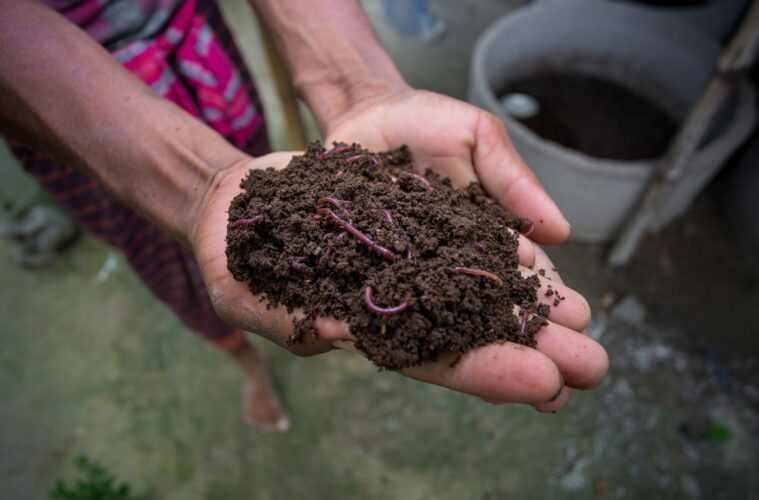Nothing can be more pleasing as a hobby than gardening. When you plant a small tree in your own hands, and it gives you beautiful flowers or tasty fruits. Just imagine, you are sitting on a bench in your garden, enjoying the freshness of nature and feeling the warmth of your patio fire pit. You can also experience its beautiful leaves growing day by day, you’ll have immense satisfaction and happiness.
Gardening is a relaxing and fun way to get in touch with nature, and it gives you health benefits as well! If you want to plant more and more healthy trees in your garden, you need to work on improving your garden soil. Well, this is where we’re going to help you!
You may have faced problems with your adored garden as it is not meeting up your expectations with plants and seeds or your beloved trees might be unhealthy. These problems may occur when the garden soil is not properly handled. Soil is made up of many parts, including water, mineral particles, air, organic matter, and microorganisms. The balance between all these parts is what needs to be sustained for a healthy garden.
Don’t worry! From this article, you’ll have easy and promising tips to improve your garden soil and produce your desired plants! So, buckle yourself up for your lovable garden!
1. Add Compost Properly
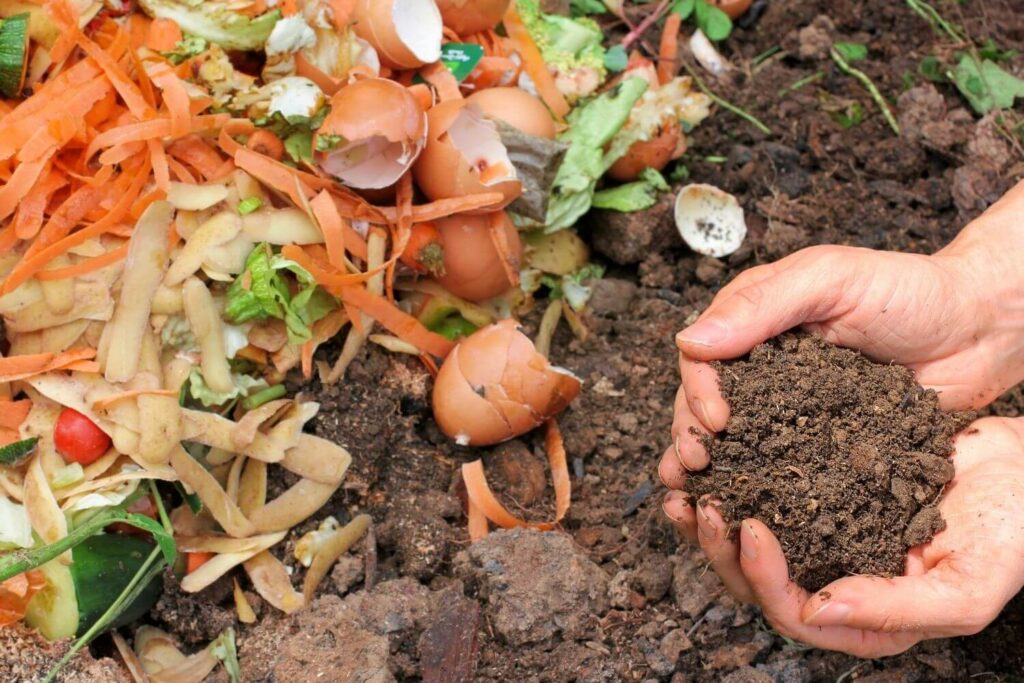
Compost is the best thing you use to improve the health of garden soil. Adding compost into soil will feed the soil, improve the soil structure and enable the soil to retain nutrients. The compost also promotes a good drainage system while absorbing water deep in the soil, keeps soil loose so that air can reach plant roots. It helps to maintain the neutral pH and protects plants from many common diseases.
The compost also feeds earthworms and other microbial life in the soil. All these will increase soil fertility and improve your garden soil to give the best output.
2. Get The Soil Tested
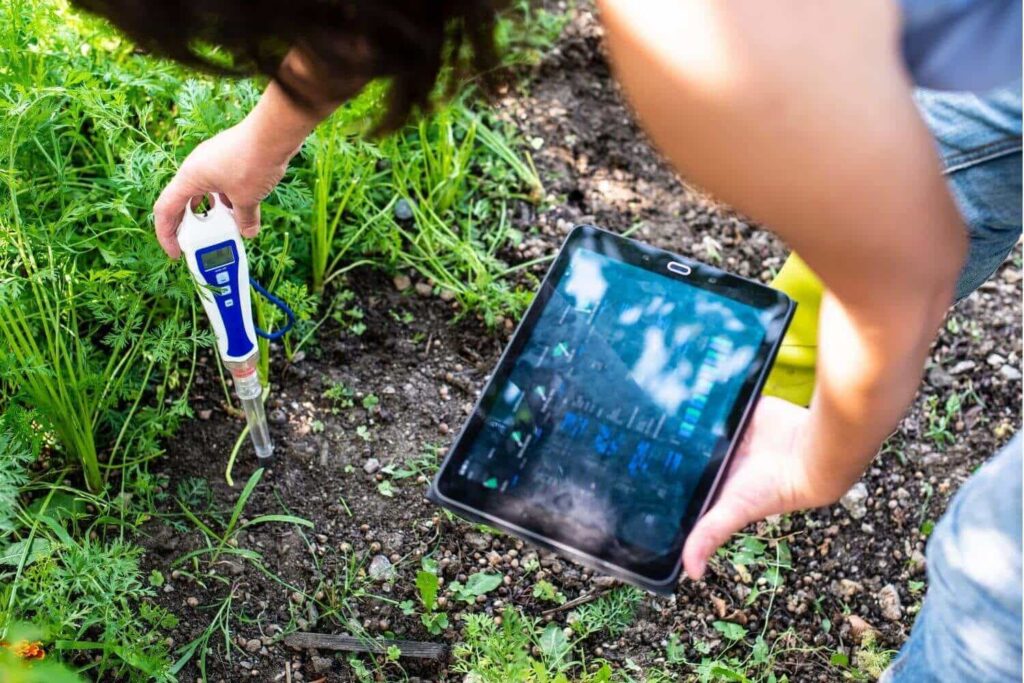
Conduct a soil test in every few years to determine what additional nutrients are needed to increase plant growth and production. A basic soil test offers readings for soil pH, phosphorus (P), potassium (K), magnesium (Mg), calcium (Ca), and sulfur (S). The soil test will also let you know the adequate level of organic matter, lead content, and give you recommendations for adjusting these levels.
3. Add Organic Amendments
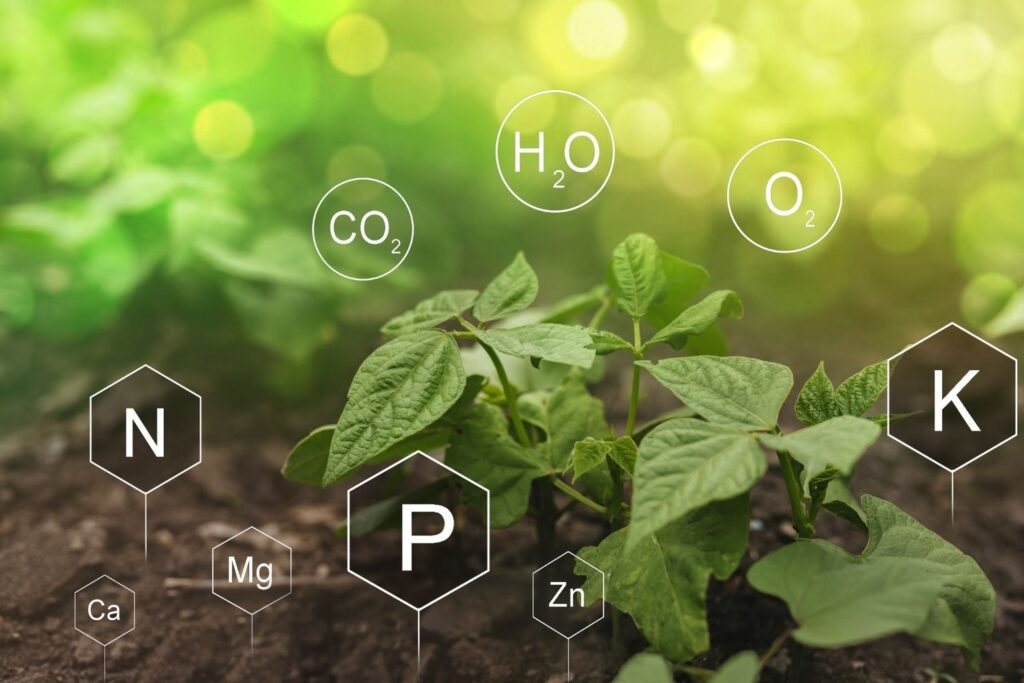
Once you get to know the nutrient shortages in your soil, you can nourish your soil with organic amendments for a boost of nutrients. For example, alfalfa meal can add phosphorus, Nitrogen, and potassium to the soil. Worm castings are an excellent amendment for Nitrogen. Bone meals provide calcium and phosphorus. A regular dose of all-nutrient and all-purpose organic fertilizer is everything that is needed most often to boost up the garden soil.
4. Offer Nitrogen to Garden Soil
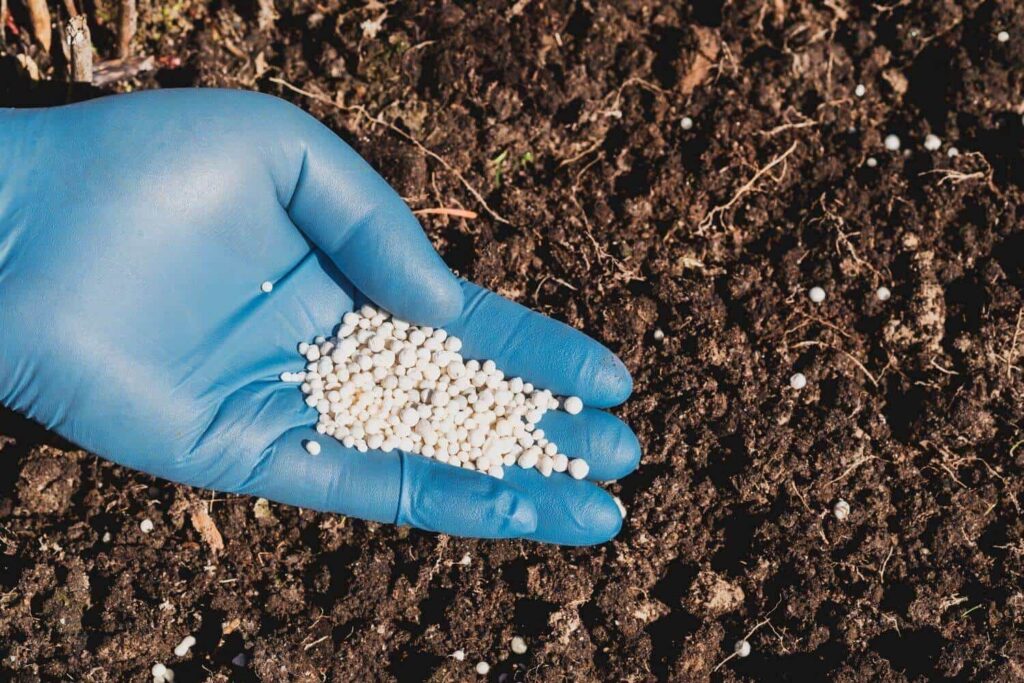
Nitrogen deserves a special mention of all the essential plant nutrients. Even after years of soil building, nitrogen is often in short supply. However, a living soil can continue to recycle and retain most other mineral nutrients. Nitrogen does not only feed soil plants, but it also feeds soil organisms.
Before planting every year, make sure sufficient Nitrogen by counting all the sources you’ve added to the soil. Organic fertilizers, such as seed, blood, or feather meal, are sources of concentrated Nitrogen. Green grass clippings or manures, incorporated as amendments, provide Nitrogen to the soil. Spring legume cover crops usually transfer Nitrogen from the environment to the soil as well.
5. Mulch The Soil Surface
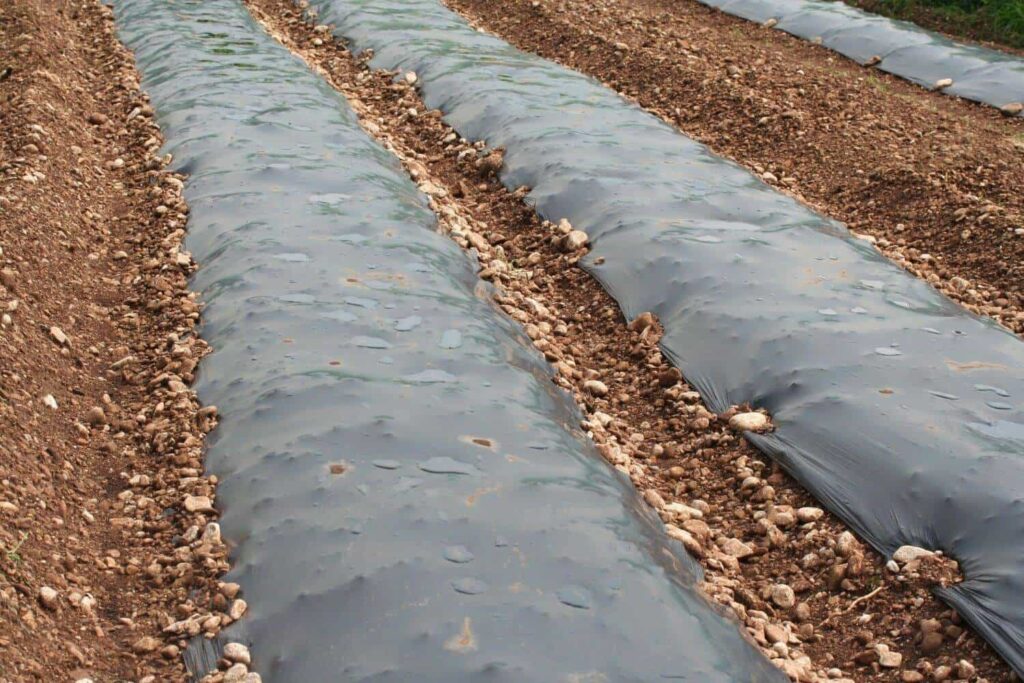
Mulch is a must for making your garden soil healthy and your plants strong. It retains soil moisture and stimulates natural growing conditions. Mulching also keeps soil cool and prevents weed growth. The mulch slowly decomposes and adds organic matter to the soil to increase fertility.
Of all the mulching, sheet mulching takes some advance planning. Ideally, you need to start sheet mulches for new gardens the year before you plan to plant. You should do the existing gardens a few months before planting. Sheet mulching will build new garden soil from the ground up. It smothers weeds, maximizes nutrients, and keeps soil life undisturbed and intact.
6. Feed Soil An Organic Diet
Organic materials are the key ingredients for healthy soils. You can add garden debris, fallen leaves, kitchen scraps, and even apples raked from beneath fruit trees to the soil. If you own a wood burning fire pit in the backyard, then you’ll have the privilege to add some wood ash to the mixture as well.
Chop organic material directly into the top two inches of soil with a heavy bladed hoe and cover with mulch. Add mineral phosphorus, concentrated manures, potassium fertilizers, and lime at the same time. Adding these materials in the fall offers them time to break down for use when plants need them in the spring.
7. Prevent Soil Compaction
Hard and compacted soil will not allow nutrients and water to soak in; thus, the soil becomes barren and dry. Tiny plant roots can’t spread out in search of moisture and nutrients, so plants dehydrate and starve. Working with soil that is too wet also compacts the soil. In spring, you need to wait until the snow melts, and the garden drains. You should also wait until the soil is dry enough so that a handful of soil doesn’t stick together.
You need to prevent soil compaction by staying off of it. If you walk on the soil, that’ll compress it and prevent air, water, and oxygen from reaching the roots. Always establish permanent garden beds by dividing up your area to growing beds and walking paths, so you never have to walk on the soil.
8. Size Your Garden Beds Properly
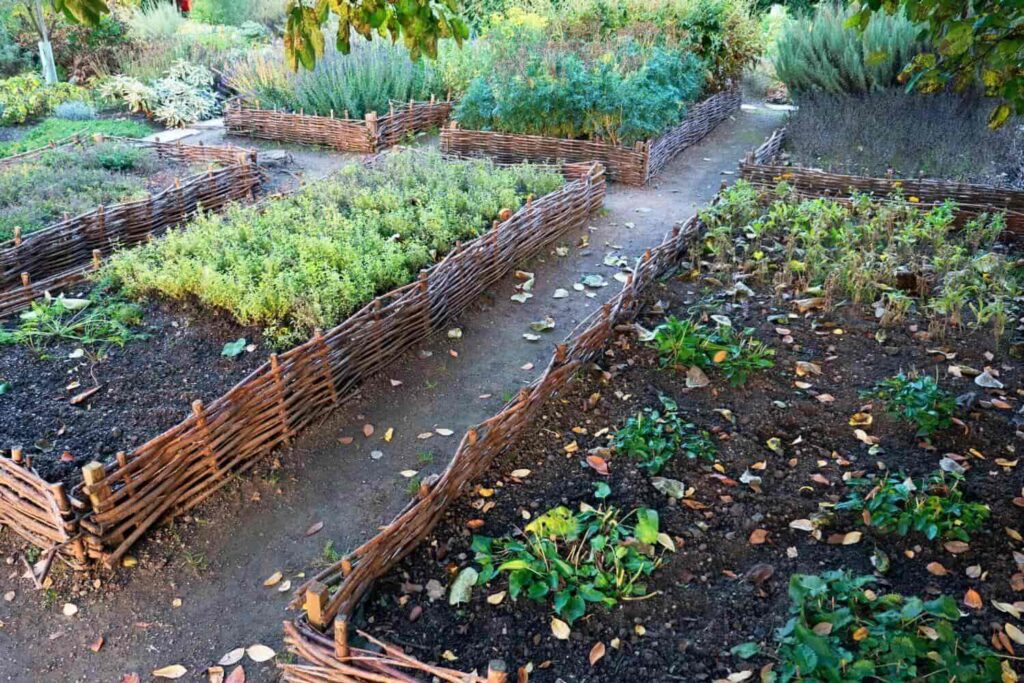
Size your garden beds correctly so you can reach into all areas without stepping on the soil, about 3-4 feet wide. Allow enough space in between the beds for a wheelbarrow to fit through or a manual lawn mower if you are keeping the grass in your paths, about 2-feet minimum.
Keep them narrow enough so that you can reach all areas without stepping inside to keep foot traffic out. Garden beds created in this way can improve each year rather than starting each season in a compacted state from last year’s walkways.
Rather than applying costly amendments over a broad area, you need to apply them to permanent bed areas, skipping the pathways. Irrigation installation is more comfortable in this process too since the beds are permanent fixtures.
9. Rotate Crops Each Year
Planting crops in different gardens every year prevents the depletion of nutrients. It interrupts the cycles of diseases and pests, so the garden soil stays healthy.
Try to follow the three-year rule for all garden crops. You need to rotate crops each year so that the same family of crops is not grown in the same place for three years. That will give enough time for soil pathogens to die. Peas and nasturtiums add Nitrogen to the soil. After growing nitrogen-taking crops, replenish the soil by planting nitrogen-producing crops.
10. Grow Cover Crops
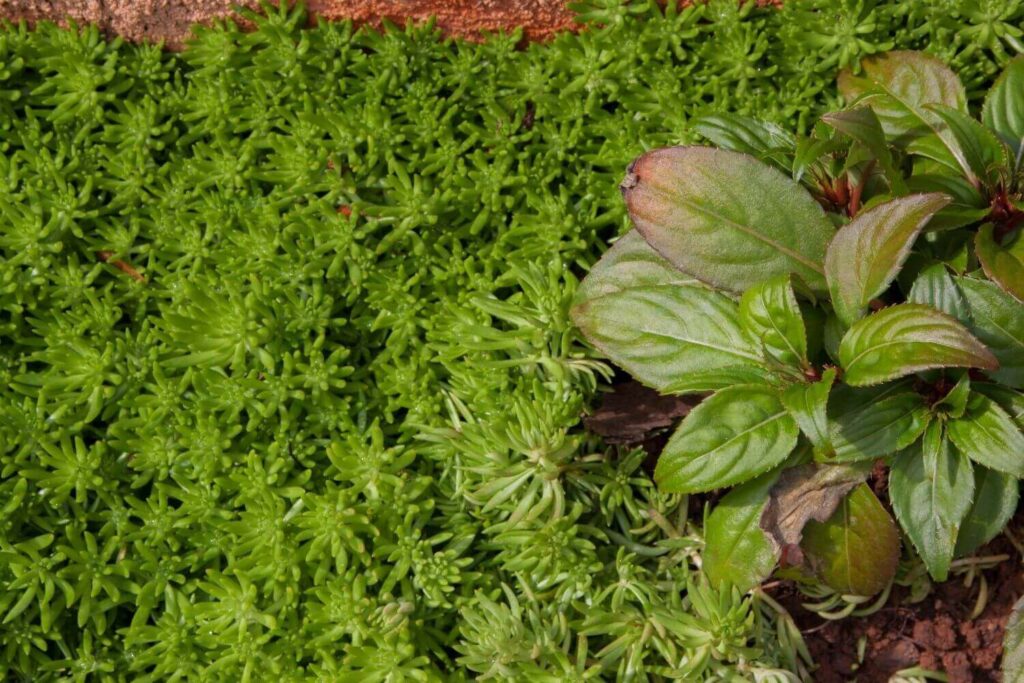
Cover crops are grown primarily to help the soil become healthy. Still, some of them can serve double-benefits by providing food too.
If you plant a cover crop near the end of the season and allowing it to remain in the garden during the winter provides multiple advantages for the garden. Cover crops protect the soil from being eroded by heavy winds, rain and snow melt-off. The crops also prevent the soil from compacting and stop weed growth during winter months. Crops like turnips, kale, radishes, and other broad-leaf greens are ideal for use as cover crops and food sources during the winter. Ryegrass, legumes, peas and clovers also work well as cover crops for winter.
Always turn under any remaining crops in spring to apply as green manure. Cover crop plants naturally decompose after being turned under and thus increase soil fertility.
11. Apply Vermicompost
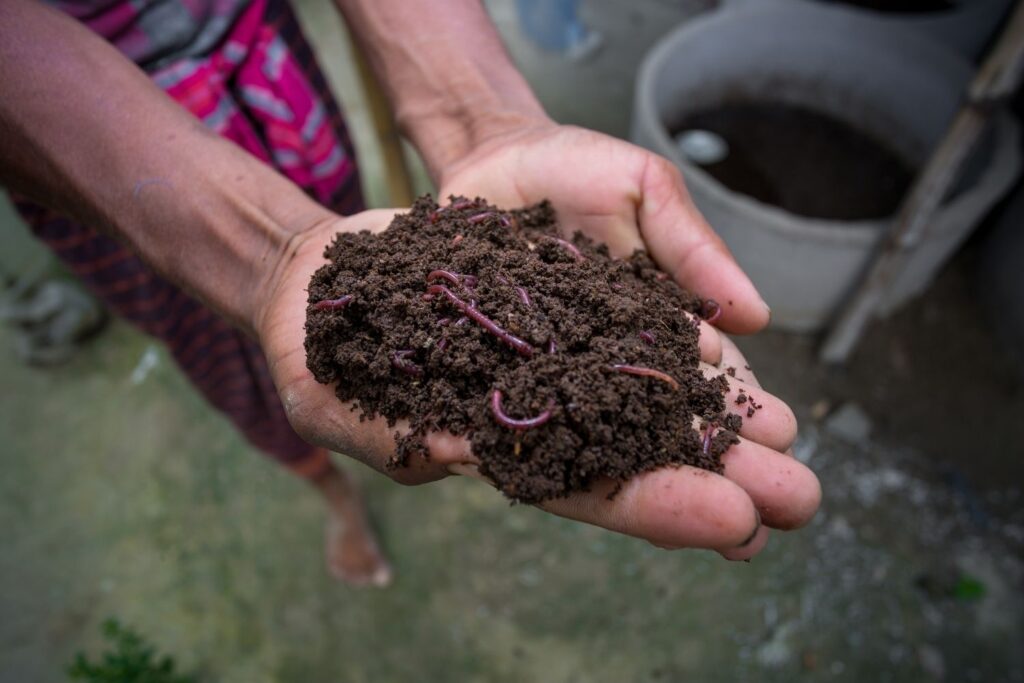
Putting worms to the job is another natural way to improve your garden soil. Add worms to your compost pile to help speed decomposition and add more nutrients to your compost. If you can grow or farm worms in a separate compost bin and save their worm castings, these will enable you to add worm castings to the soil to give it a great nutrient-boost. You can also add worms directly to your poor garden soil. Give them some mulch and compost, and the worms will help accelerate your soil and put their castings directly into the troublesome area.
12. Add Aged Animal Manure
Aged animal manure can improve garden soil health and fertility. Fresh animal manure is too hot, might burn plants, and the harbor pathogens can be harmful to humans as well. So you should allow the manure to age from several months to a year before adding those to garden soil. Chicken, rabbit, cow, horse, goat, sheep, and bat droppings are rich in nutrients. They will improve soil structure being incorporated into garden soil.
Animal manures can also be contaminated with pesticides and herbicides sometimes and cause herbicide injury in your garden. Once it is in your garden soil, it is very tough to eliminate them. If you purchase manure from outside, get assurance from the farmer that the animals didn’t graze on or eat hay treated with pesticides or herbicides.
13. Pull, Cover, Smother
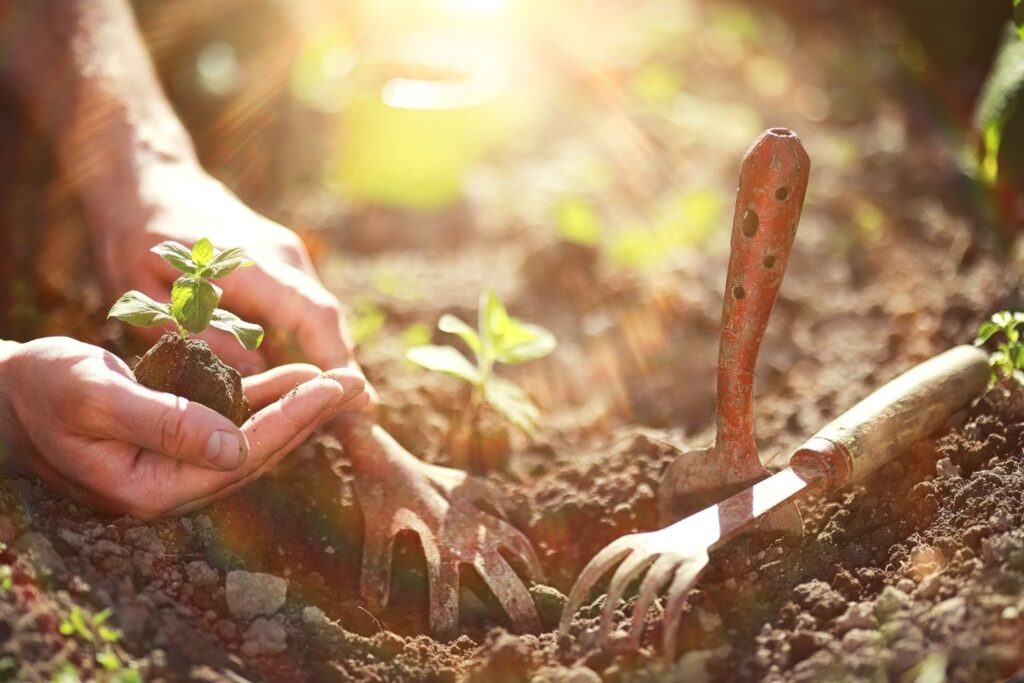
Our garden wakes up in the spring, and so do the weeds. Before planting the seeds, try to get them under control. Weeds usually compete with garden plants and steal organic food away from the living soil behind.
Fall mulching will give you the upper hand on spring weeds for starters. Pull weeds that emerge in the spring quickly and early, when they are small and easier to manage. Do not spread vigorously by root or stem, rather lay them right back on the soil surface and cover with from 2 to 4 inches of organic mulch. Covering garden beds from the start gives you the jump on garden weeds while feeding the soil with organic material at the same time.
14. Use Low-tech Tillage
Understand that there are always better alternatives to tillage, especially power tillage, which disrupts the soil food web, inverts and mixes different layers in the soil profile, and sometimes breaks down crumb structure. Even in case of cover crops, it is not necessary to turn them into the soil, as usually recommended.
If you have chickens, you can easily use them to till your cover crops. They usually cause some disruption of soil life, but only in the top couple of inches. The damage they cause is quickly repaired because the birds’ droppings boost soil life.
15. Recycle Perennials
If you own a landscape garden, woodlands, hedges or fruit trees, then you have a huge wealth of materials to amend your garden soil. Winter and early spring tree prunings, perennial cuttings and hedge trimmings can feed the soil when those are recycled back into the garden.
Chipped yard debris and bits pruned from the trees make effective mulch. When they’re green, they work as a valuable nitrogen source as a sheet mulch layer. Try to use softer perennial cuttings as mulch, sheet mulch compost, or a garden bed amendment.
Conclusion
Improving the garden soil doesn’t need much money and hard work. If you genuinely love your garden and want to see it happy and healthy, these tips will definitely help you to improve your garden soil. So pull up your gear and get ready to experience heavenly feelings with your garden using our handy tips!

